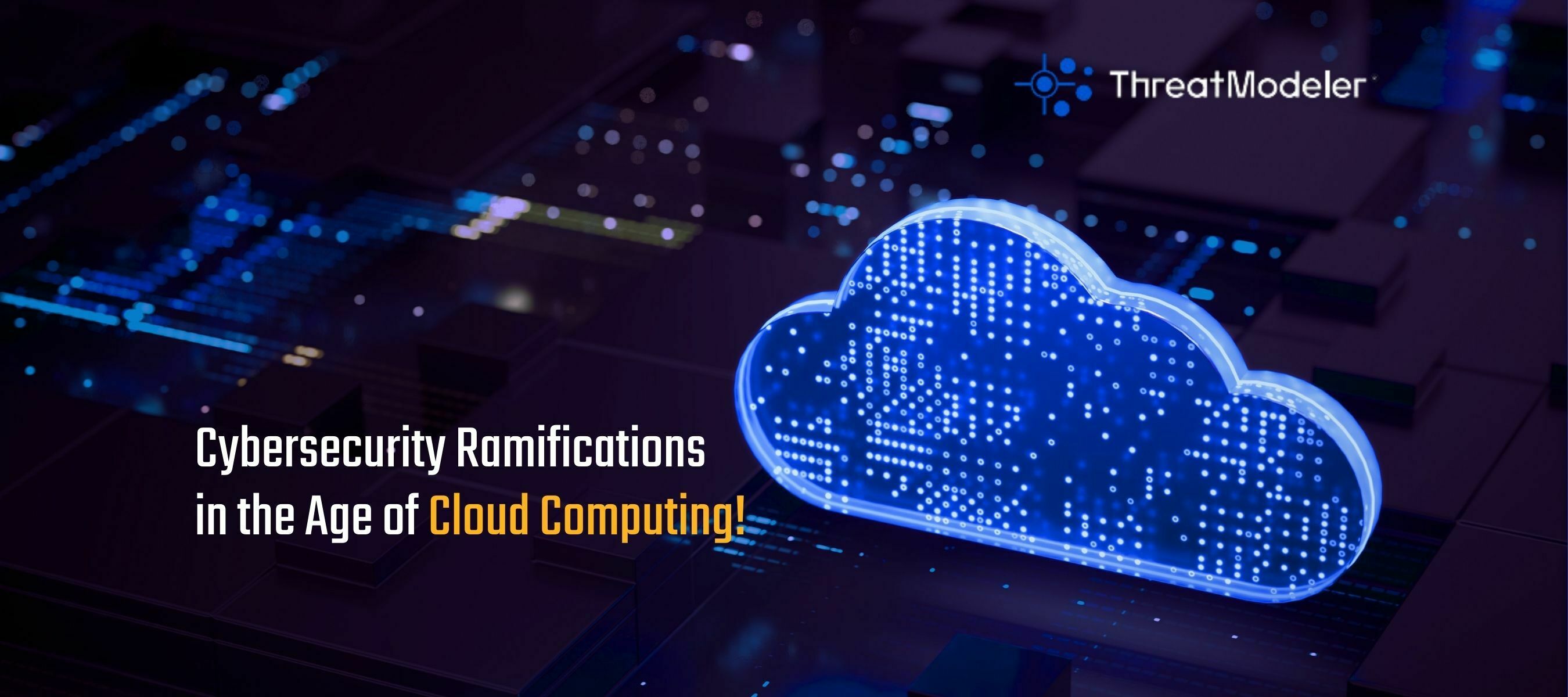Ever questioned the safety of your data as it floats in the cloud? With the increasing prevalence of cloud-based operations, ensuring robust cybersecurity has never been more crucial. In the ever-evolving digital landscape, it is imperative to grasp the fundamental nature of cloud security and its pivotal role in safeguarding sensitive information.
Cloud Security and its Significance
The concept of cloud security revolves around a spectrum of technologies, services, and practices meticulously designed to shield cloud-based data, applications, and infrastructure from potential cyber threats. Whether provided by the Cloud Service Provider (CSP) or managed by the customer, robust cloud security aims to prevent data loss and maintain compliance with stringent data privacy regulations.
The migration of systems to the cloud poses both remarkable opportunities and profound challenges. Cybersecurity emerges as a critical concern, given the evolving threat landscape. The implications of compromised cloud data are substantial, encompassing revenue loss, damage to reputation, and business disruption. The alarming cost of data breaches, coupled with the time-consuming remediation process, highlights the undeniable urgency for robust cloud cybersecurity measures
Cloud Computing
Cloud computing stands as a revolutionary method of delivering diverse computing services over the internet, containing servers, storage, networks, software, and analytical data. Its adoption stems from the potential to reduce costs, gain operational agility, and enhance overall cloud security. The adaptability and scalability of cloud services pave the way for seamless operations even during periods of rapid expansion.
Diverse Cloud Service Models
Cloud computing offers a flexible and scalable approach to delivering IT services, and it does so through various service models. The three primary cloud service models are Software as a Service (SaaS), Platform as a Service (PaaS), and Infrastructure as a Service (IaaS).
1. Software as a Service (SaaS):
SaaS is a cloud computing service that provides end-users access to software applications over the internet. This eliminates the need for organizations to install, maintain, and update software locally. Instead, a third-party provider hosts the applications and makes them available to users on a subscription basis. Popular examples of SaaS include customer relationship management (CRM) tools like Salesforce, collaboration platforms like Microsoft 365, and productivity suites like Google Workspace. SaaS simplifies software management, reduces costs, and enables remote access to applications, making it a popular choice for businesses of all sizes.
2. Platform as a Service (PaaS):
PaaS is a cloud computing service that provides a platform allowing developers to build, deploy, and manage applications without dealing with the complexities of underlying infrastructure. PaaS offerings include development frameworks, databases, and middleware, allowing developers to focus solely on coding and application logic. This accelerates the development process, enhances collaboration among development teams, and ensures a consistent environment for application deployment. Examples of PaaS providers include Heroku, Google App Engine, and Microsoft Azure App Service.
3. Infrastructure as a Service (IaaS):
IaaS is a cloud computing service that offers virtualized computing resources over the internet. It provides a comprehensive infrastructure package, including virtual machines, storage, and networking components. IaaS allows organizations to scale their IT infrastructure up or down based on demand without investing in physical hardware. This flexibility is particularly beneficial for businesses with dynamic workloads or those seeking to optimize resource utilization. Leading IaaS providers include Amazon Web Services (AWS), Microsoft Azure, and Google Cloud Platform (GCP).
Impact on Cyber Security
Cloud computing has transformed data storage, offering cost-effectiveness and scalability but posing cybersecurity challenges. The shift to third-party servers complicates network security, requiring businesses to rely on providers for data security. Implementing firewalls, intrusion prevention, and SIEM (Security Information and Event Management) systems is crucial.
Cloud adoption also necessitates compliance with data protection regulations like GDPR and CCPA, demanding robust data governance, classification, access controls, and retention policies.
Data breaches are a constant threat due to vulnerabilities in cloud infrastructure. Mitigation involves measures like multi-factor authentication, encryption, and routine vulnerability assessments to avert financial loss, reputation damage, and legal consequences.
Navigating Cloud Security Risks
The migration to cloud environments introduces a myriad of security threats often overlooked:
- Misconfigured Cloud Services: Setting up cloud services incorrectly can let unauthorized people access your data. To avoid this, double-check your configurations regularly to make sure everything is set up correctly.
- Data Loss and Sprawl: The ease of data transfer increases the risk of data loss, necessitating comprehensive backups. Transferring data in the cloud easily also means there's a risk of losing it. To be safe, regularly back up your data. This way, even if something goes wrong, you have a secure copy to fall back on.
- API Vulnerabilities: The reliance on APIs renders cloud environments susceptible to cyberattacks. Using APIs for communication in the cloud can create weak points that hackers might exploit. Stay updated on the best ways to secure APIs and check regularly for potential issues to prevent cyberattacks.
- Malware Incursions: Cloud accessibility invites ill-intended actors, resulting in severe cyber threats.Because the cloud is accessible from anywhere, it attracts bad actors who might introduce malware. To protect against this, have strong antivirus measures in place and regularly scan for malware to catch and stop threats early.
- Access Management Challenges: Hastily executed cloud migrations can compromise data security due to insufficient access controls.Rushed cloud migrations might lead to not having enough control over who can access your data. To avoid this, plan carefully and put in place policies to manage who can access what. This ensures only the right people have access to important information.
In conclusion, the transformative power of cloud computing is undeniable, offering unparalleled benefits in cost reduction and scalability. However, this evolution necessitates a heightened focus on cybersecurity. The intricacies of cloud security, from misconfigurations to API vulnerabilities, demand vigilant measures. Robust network security with firewalls and SIEM systems, coupled with compliance adherence and comprehensive data governance, is imperative. As organizations navigate the cloud landscape, a proactive approach to mitigating risks, including robust access controls, encryption, and regular vulnerability assessments, becomes paramount. In this era of rapid digital expansion, the strength of cloud security measures will determine the resilience of businesses against evolving cyber threats



